The US Open quarterfinals had barely concluded when the shock of Vondrousova’s withdrawal due to a back injury during training reverberated through the tennis world. This not only handed Sabalenka a direct spot in the semifinals but also sparked a profound debate about the substitute system in tennis. Fans wonder: why do players who lose in qualifying get a chance as “lucky losers” to enter the main draw, yet no substitutes are allowed in later rounds? Wouldn’t allowing Vondrousova’s defeated opponent, Rybakina, or the recently eliminated Krejcikova to step in as substitutes show respect for the audience, fairness of the event, and players’ opportunities?
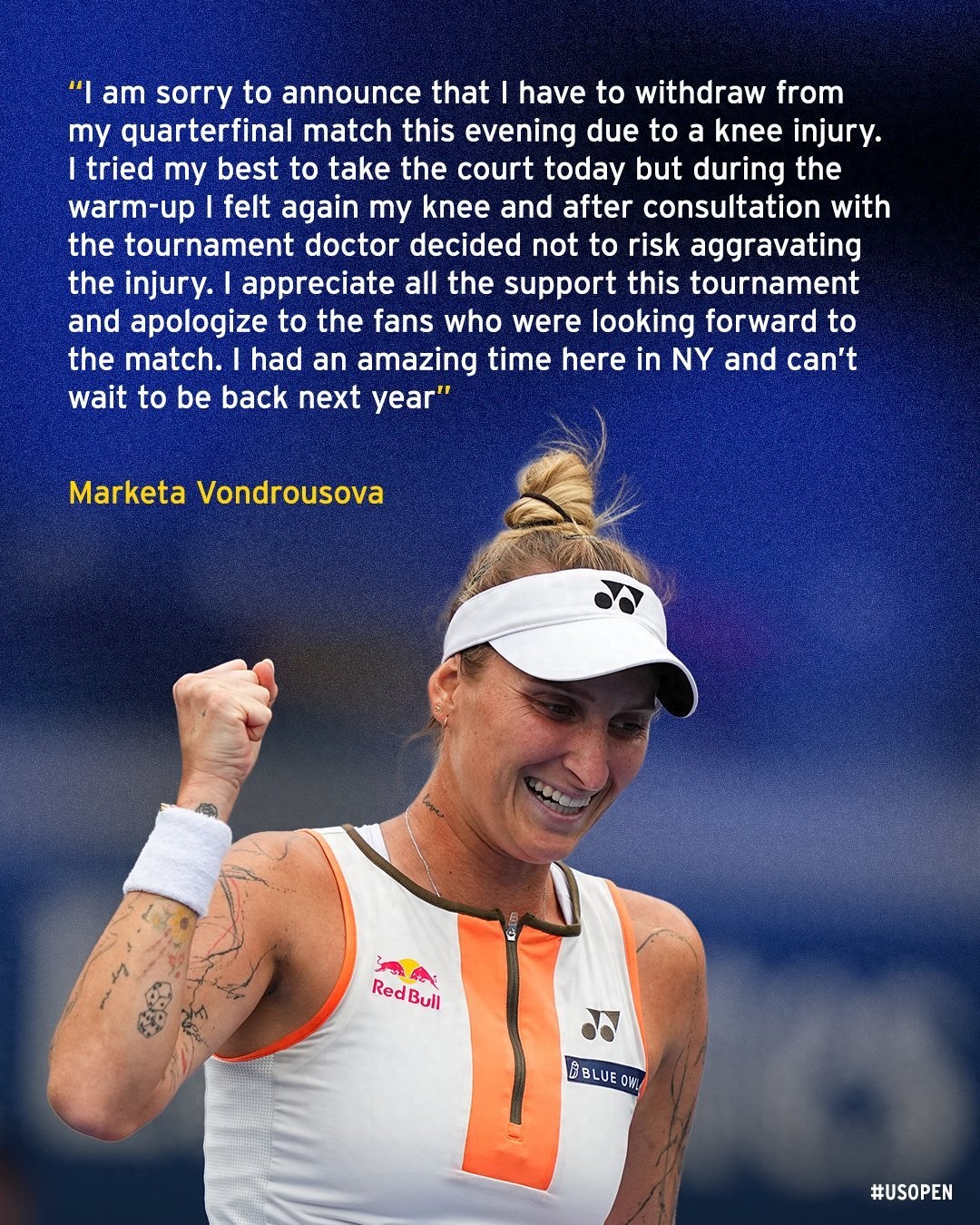
This question highlights a fierce clash between institutional rationality and traditional values in modern professional sports. The “lucky loser” rule in tennis essentially acts as a loss mitigation strategy—it seeks to minimize damage to organizers, broadcasters, and spectators when withdrawals are unavoidable, while giving players an extra chance. However, its limitation to early rounds exposes a deep tension between pragmatism and tradition in tennis regulations. Traditionalists insist on “results decided on court,” believing any external intervention at advanced stages compromises the sport’s sanctity; reformists argue that without a substitute system, withdrawals not only deprive fans of a complete experience but may also jeopardize the fairness of final outcomes. Imagine a player winning a title after multiple opponents withdraw—such a champion’s legitimacy would inevitably be questioned.
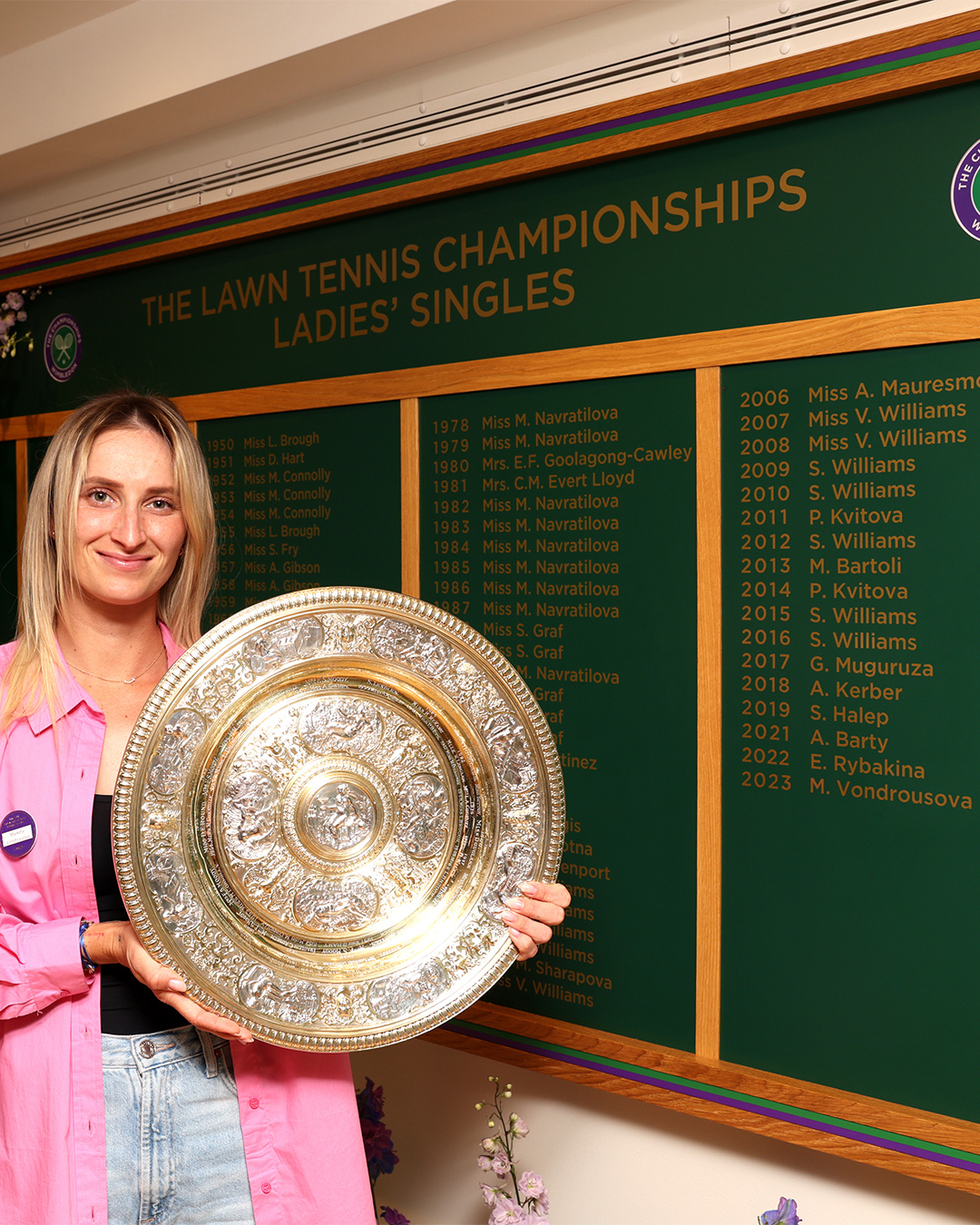
Tennis’s unique individual nature complicates the substitute system issue. Unlike team sports like basketball or soccer with large benches, tennis players are solitary competitors, each match demanding intense physical and mental effort. Introducing substitutes in later rounds faces practical challenges: how to select substitutes? Should it be the player who lost to the withdrawing player in the previous round, or the highest-ranked recently eliminated player? Are substitutes’ physical conditions equitable? How to adjust the schedule? These are solvable but require careful system design. Possible solutions include establishing a “substitute ranking” or requiring substitutes to remain on-site in standby. Though these add organizational complexity, they strongly support the integrity of the competition.
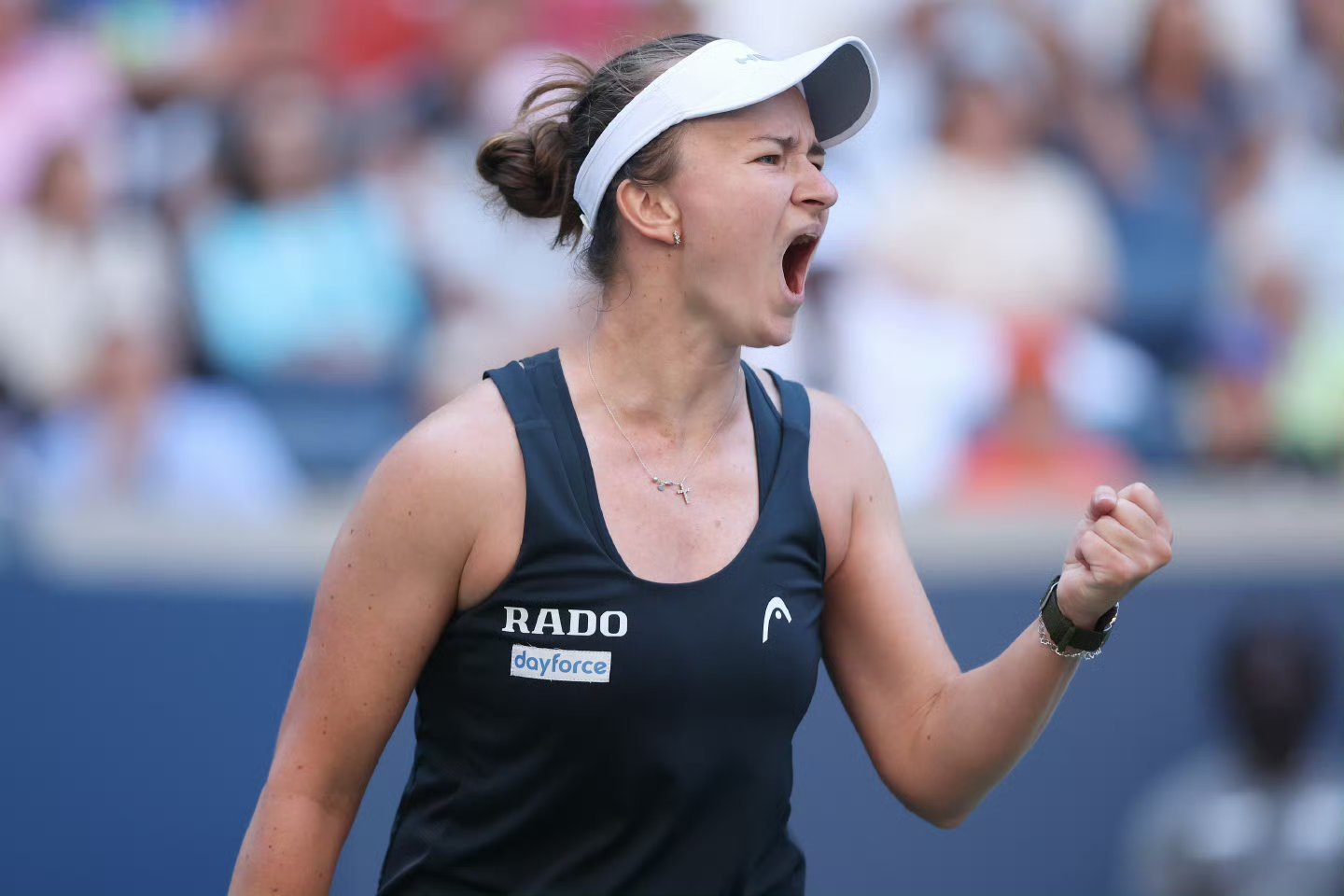
Commercial interests and fan experience are crucial dimensions in modern professional sports. Spectators pay premium prices expecting thrilling contests, not walkovers; broadcasters invest heavily and need full schedules, not gaps. From this perspective, the substitute system is not only about sporting fairness but also basic respect for consumers. Other sports offer useful references: the ATP Finals have substitutes, and Grand Slam mixed doubles events also feature substitute mechanisms. These precedents show that substitutes in tennis are not fantasy but have practical applications.
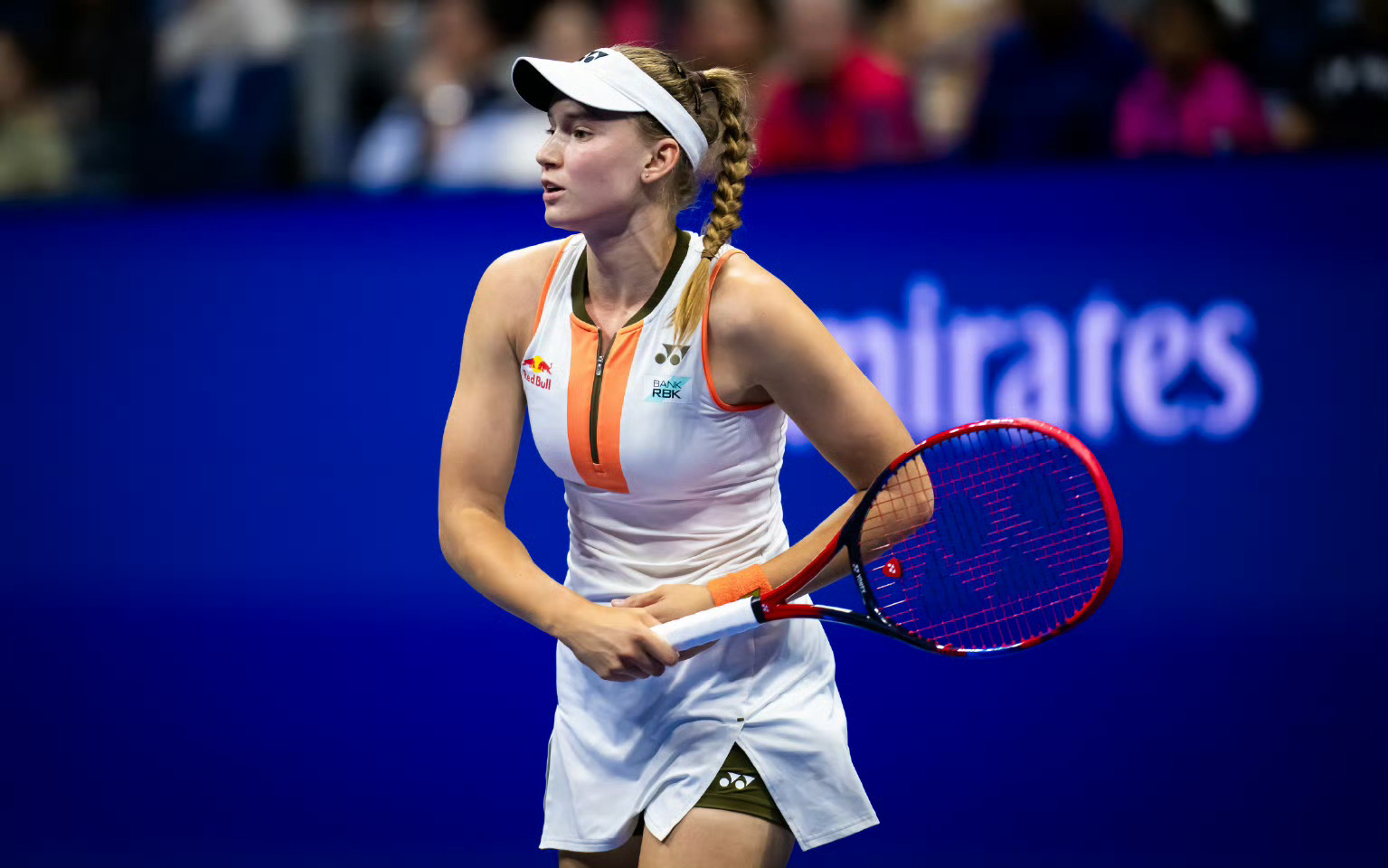
However, any reform must balance tradition and innovation. Part of tennis’s charm lies in its long history and rule continuity, and rash changes could undermine its unique identity. The key may not be outright acceptance or rejection of substitutes but finding a delicate balance—perhaps introducing a special “emergency substitute” system for late Grand Slam rounds, activated only under certain conditions; or setting fair point and prize distributions for substitutes to protect their rights without overcompensation.
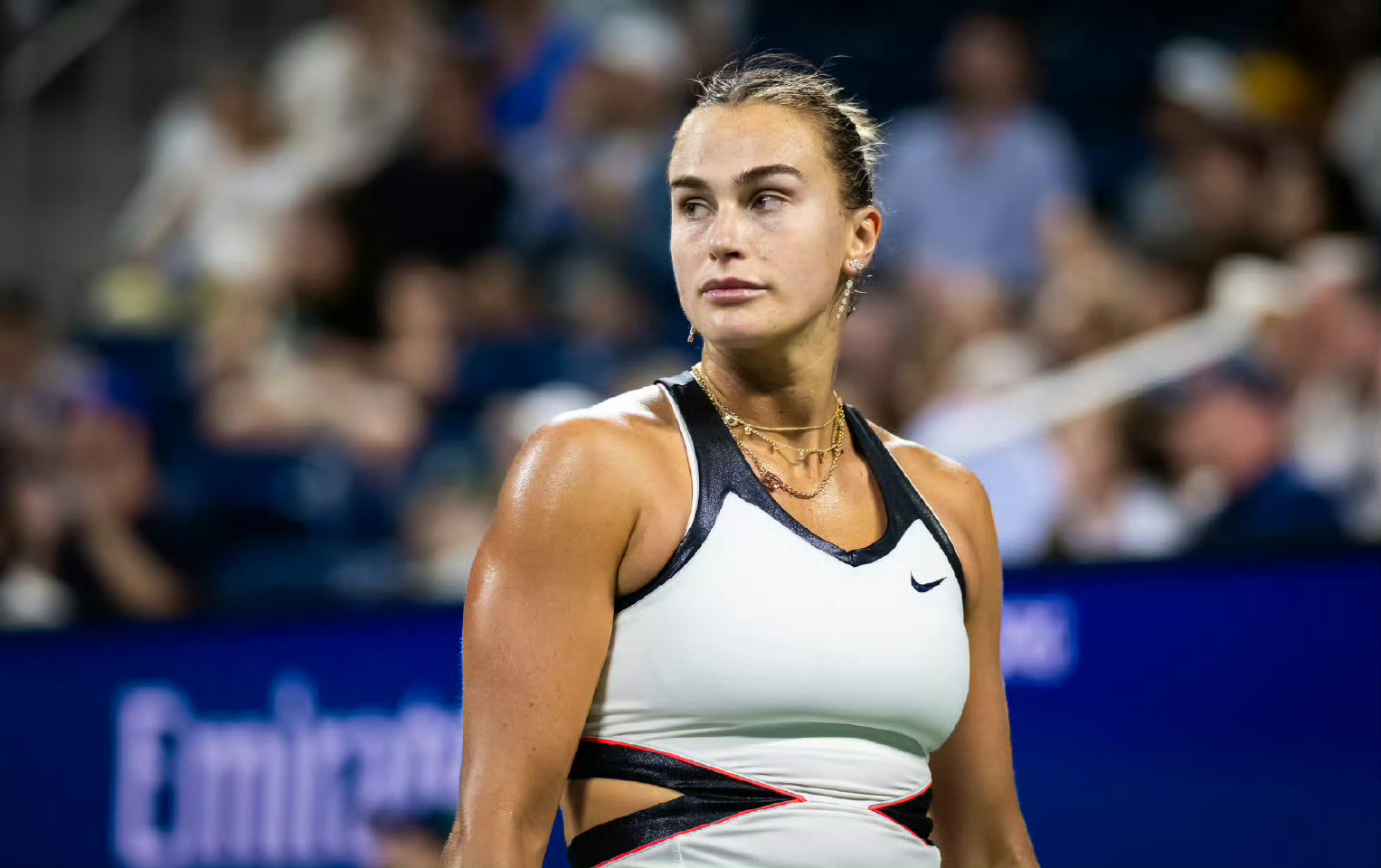
Vondrousova’s withdrawal acts as a mirror reflecting tennis’s institutional dilemmas and growth opportunities in the modern era. This ancient sport stands at a crossroads: on one side preserving its distinctive competitive traditions, on the other responding to contemporary demands for fairness and entertainment. Whether or not a late-round substitute system is adopted, this discussion itself holds great value—it urges the tennis community to reconsider how to maintain vitality and relevance in a new era.

The evolution of sports systems is always gradual, often triggered by unforeseen events. Vondrousova’s back injury may become a catalyst for tennis reform, pushing the sport to find a subtle golden mean between tradition and change. Ultimately, all sports rules aim to make competitions fairer, more complete, and exciting, to honor athletes’ efforts, and to reward fans’ passion. In this contest over system improvement, tennis’s future might well be redefined.(Source: Tennis Home, Author: Xiao Di)







 Links
Links
 Contact
Contact
 App
App


